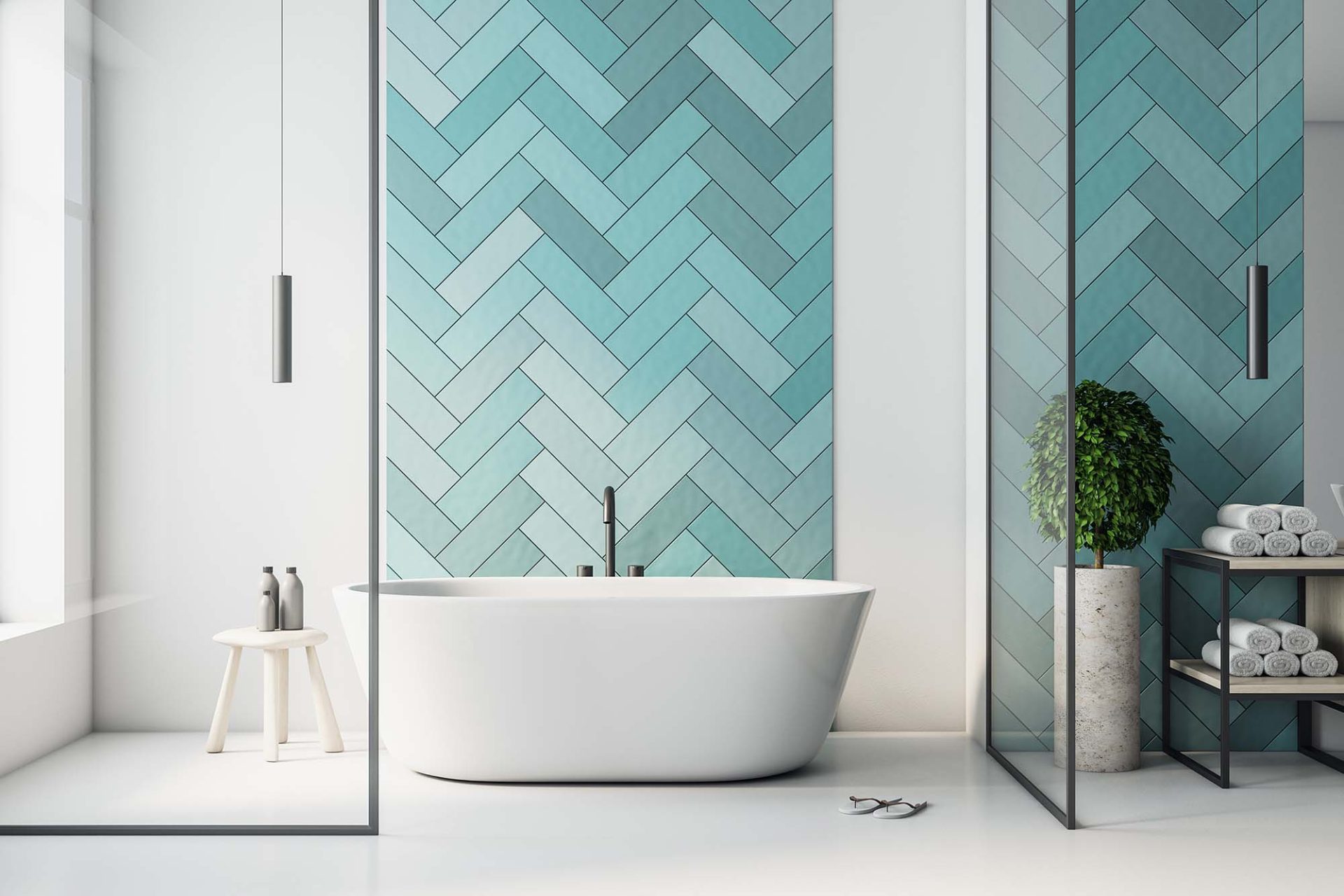Introduction: The Moisture Challenge in Modern Spaces
Bathrooms, kitchens, laundry rooms, and pool surrounds — these high-moisture areas demand materials that can handle constant exposure to water, humidity, and temperature changes. In such environments, durability and water resistance are non-negotiable.
Among the many flooring and wall covering options available, ceramic tiles have long been recognized as one of the most practical and long-lasting solutions. Their performance in moisture-rich environments makes them a top choice for both homeowners and commercial builders. But how well do ceramic tiles actually stand up to moisture, and what makes them so effective? Let’s take a closer look.
1. Understanding the Structure of Ceramic Tiles
Ceramic tiles are crafted from a mixture of natural clay, sand, and water, then fired at high temperatures to create a hard, dense material. The firing process vitrifies the surface, making it resistant to water absorption.
Glazed ceramic tiles, in particular, feature an additional protective coating that enhances their ability to repel moisture, stains, and bacteria. This makes them exceptionally suitable for areas that frequently get wet, such as shower walls, kitchen backsplashes, and bathroom floors.
2. Water Resistance: The Key to Longevity
One of the primary reasons ceramic tiles excel in high-moisture settings is their low porosity. The surface glaze acts as a barrier that prevents water from seeping into the tile body. This means they are less likely to swell, warp, or crack compared to other materials like wood or laminate.
However, the water resistance of a tiled surface doesn’t depend solely on the tiles — it also relies on proper installation and grouting. Using high-quality waterproof grout and sealants helps maintain a watertight finish, ensuring your tiled surfaces remain intact and mold-free for years.
3. Mold, Mildew, and Hygiene Protection
Moisture often leads to mold and mildew, which can cause discoloration, unpleasant odors, and even health issues. Ceramic tiles are naturally resistant to mold and bacterial growth because they don’t retain moisture or organic material.
A quick wipe or gentle cleaning with mild soap is usually enough to keep ceramic surfaces hygienic and spotless — making them ideal for households that prioritize cleanliness and indoor air quality.
4. Resistance to Temperature and Humidity Changes
In areas like bathrooms or steam rooms, rapid temperature fluctuations can put materials under stress. Ceramic tiles, thanks to their thermal stability, can withstand both hot and cold environments without expanding or contracting.
This resistance to heat and humidity makes them not only durable but also dimensionally stable, ensuring your floors and walls remain even, crack-free, and visually consistent over time.
5. Long-Term Performance and Maintenance
Ceramic tiles offer a winning combination of strength, aesthetics, and easy maintenance. With proper care, they can last for decades while retaining their original beauty. Unlike materials that require periodic sealing or refinishing, ceramic tiles maintain their water-resistant properties with minimal upkeep.
Routine cleaning and occasional grout resealing are all that’s needed to keep them looking and performing at their best — even in spaces with daily exposure to water.
6. Aesthetic Versatility with Modern Design
Durability doesn’t mean sacrificing style. Ceramic tiles are available in a stunning variety of textures, finishes, and colors. You can choose glossy tiles for a sleek, modern look or matte, textured tiles for better slip resistance and a natural appearance.
Advanced printing technologies now allow ceramic tiles to mimic marble, stone, and even wood, giving homeowners limitless design flexibility for high-moisture areas.
7. Trusted Brands Make the Difference
Not all ceramic tiles are created equal — quality manufacturing plays a crucial role in determining long-term performance. Leading brands prioritize material integrity, precise glazing, and rigorous quality control to ensure every tile performs exceptionally under moisture exposure.
For example, Club Ceramic tiles are known for their superior craftsmanship, water-resistant glaze technology, and elegant designs. Their tiles combine beauty with durability, making them a reliable choice for homeowners and designers seeking both performance and style in wet environments.
8. Conclusion: Built to Withstand Water and Time
Ceramic tiles have proven time and again that they’re not just visually appealing but also engineered to last — especially in moisture-prone areas. Their resistance to water, temperature shifts, and mold makes them one of the most dependable materials for modern homes and commercial spaces.
With proper installation and maintenance, ceramic tiles can retain their charm and integrity for decades, even in the toughest conditions.

